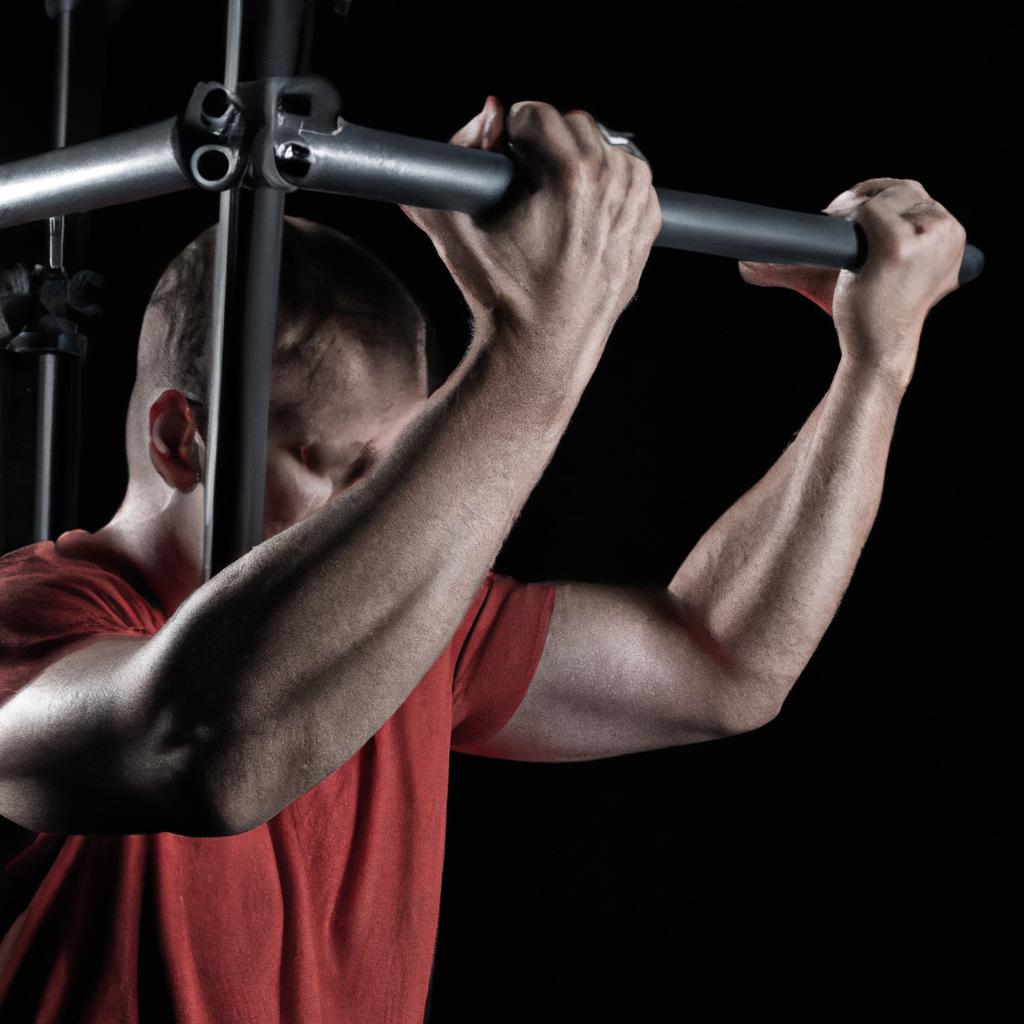**”Mastering the Kipping Pull-Up: Techniques, Drills, and Progressions for CrossFit Success”**
# Mastering the Kipping Pull-Up: Techniques, Drills, and Progressions for CrossFit Success
The kipping pull-up is a dynamic and powerful movement that has become a staple in CrossFit workouts. Unlike the strict pull-up, which relies solely on upper body strength, the kipping pull-up incorporates momentum generated from the legs and core, allowing athletes to perform more repetitions in less time. Mastering this technique not only enhances your performance in workouts but also provides a solid foundation for other advanced movements. In this blog post, we’ll delve into the essential techniques, drills, and progressions for mastering the kipping pull-up, along with vital nutrition and exercise advice to support your CrossFit journey.
## Understanding the Kipping Pull-Up
### What is a Kipping Pull-Up?
The kipping pull-up is a fluid, rhythmic movement that utilizes the entire body to generate momentum. By engaging the hips, core, and shoulders, athletes can propel themselves upward to the bar, making it an efficient way to build strength and endurance.
### Key Components of the Kipping Pull-Up
Mastering the kipping pull-up involves two primary components: the swing and the pull. The swing, often initiated with a powerful hip drive, creates the momentum necessary for the upward pull. The pull phase requires engaging the back and shoulders to guide the body towards the bar.
## Techniques for Kipping Pull-Ups
### The Swing
1. **Start with a Dead Hang**: Begin by hanging from the bar with an overhand grip, arms fully extended. Your body should be straight and tense.
2. **Activate the Shoulders**: Engage your lats by pulling your shoulder blades down and back. This activation helps maintain stability during the swing.
3. **Create a Hollow Body Position**: Tuck your pelvis slightly and engage your core to form a hollow body shape. This position will help you generate the necessary momentum.
4. **Initiate the Swing**: Push your chest forward and allow your legs to swing back, creating a pendulum motion. As your legs swing forward, keep your core engaged to maintain control.
### The Pull
1. **Timing is Key**: As your legs swing forward, prepare to pull. Timing is crucial; you want to initiate the pull when your legs reach the highest point of the swing.
2. **Pull with Your Back**: Use your back muscles to pull your body towards the bar. Focus on using your lats and biceps, rather than relying solely on your arms.
3. **Get Your Chin Over the Bar**: Aim to bring your chin above the bar by driving your elbows down and back, while your chest moves towards the bar.
4. **Control Your Descent**: As you finish the pull, allow your body to descend in a controlled manner, ready to initiate the next swing.
## Drills and Progressions
### Band-Assisted Kipping Pull-Ups
Using resistance bands can help you build strength and confidence in the kipping pull-up without being overwhelmed. Attach a band to the pull-up bar and place one foot or knee in the band for assistance during the movement.
### Kipping Swing Practice
Spend time mastering the kipping swing without the pull-up. Hang from the bar and practice transitioning between the hollow body and arch positions. This will help you develop the necessary rhythm and body awareness.
### Negative Kipping Pull-Ups
Start at the top of the kipping pull-up and slowly lower yourself down. This eccentric movement builds strength in your muscles and helps you learn the control needed for the pull.
### Box Kipping Pull-Ups
Perform kipping pull-ups with your feet on a box, reducing the distance you need to pull your body. This modification allows you to practice the movement without the full bodyweight challenge.
## Nutrition Tips for Optimal Performance
To maximize your performance in the gym, fueling your body with the right nutrition is essential. Here are some tips:
1. **Focus on Protein**: Incorporate lean proteins like chicken, fish, and legumes to support muscle recovery and growth.
2. **Carbohydrates for Energy**: Complex carbohydrates such as whole grains, fruits, and vegetables provide the energy needed for high-intensity workouts.
3. **Stay Hydrated**: Drink plenty of water before, during, and after your workouts to maintain optimal hydration levels.
4. **Pre-Workout Snacks**: Consider a small, balanced















Post Comment